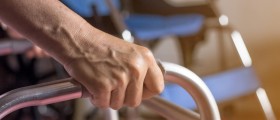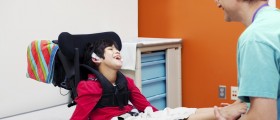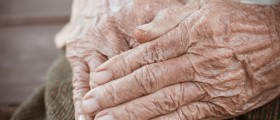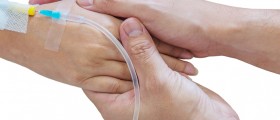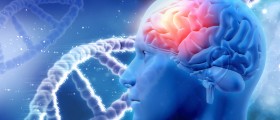General overview
SCA has multiple subtypes of which each could be considered a disease on its own. For the sake of trying to get the important messages through about this disease, we shall focus on the general way SCA presents, how it's diagnosed and what treatment protocols exist for it.
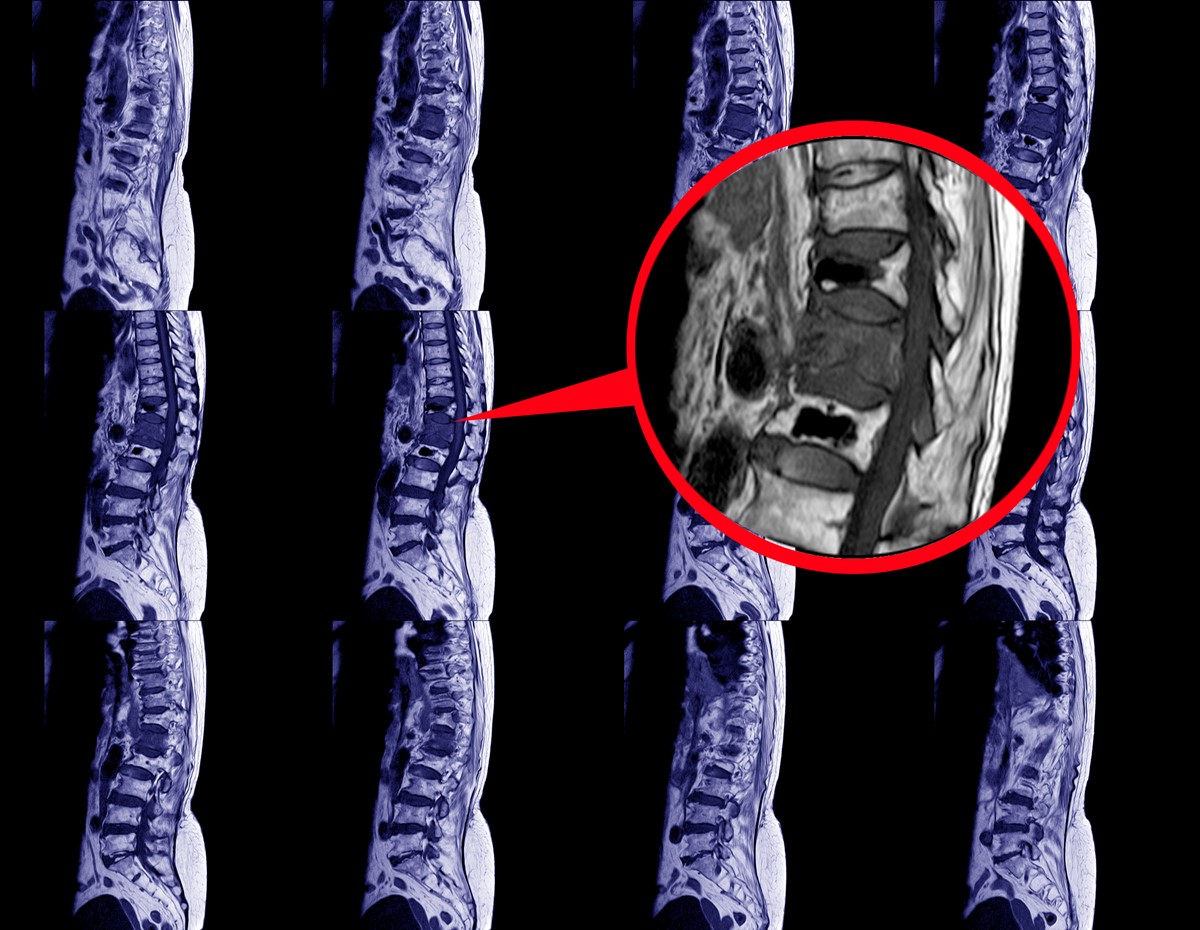
Signs and symptoms
The area of the brain that is affected is the cerebellum and its function is to deal with balance, gait and coordination.
Signs and symptoms of this disorder will then include the following:
- Poor coordination of hands, feet and eye movements and speech.
- Intentional tremor of the hands.
- Ataxia (slowly progressive incoordination of gait) which varies depending on the subtype of the disease.
- Loss of fine coordination of muscle movements which leads to clumsy and unsteady movements.
How is the diagnosis made
When the patient starts to develop the above-mentioned signs and symptoms they should then be referred to a neurologist who will examine them.
An MRI scan of the brain and spine is done to look for possible radiological evidence of the disease such as atrophy of the cerebellum. A spinal tap can also be done to look for possible evidence.
Management of SCA
Treatment is aimed at supportive management of the patient and their symptoms. There are medications that can be prescribed to help alleviate issues such as muscle cramps, stiffness, spasticity, sleeping disorders and depression.
Patients with SCA will eventually not be able to perform their normal activities of daily living. Rehabilitation therapists have a major role to play here in order to help the patients to maximize their ability of self-care and to try and delay deterioration to a point.
Physical therapists can also aid in implementing exercise programmes so that the patients can still maintain a level of independence. Important aspects of these exercises focuses on gait training and postural balance as well as muscle strengthening techniques and range-of-motion exercises.
Occupational therapists can assist in helping to supply devices such as canes, walkers, wheelchairs, etc. to patients with gait issues. They can also assist by supplying devices which help with feeding, writing and self-care for patients where arm and hand coordination is hampered.
Speech therapists can also assist patients by implementing behavioural intervention strategies as well as communication devices to aid with speech impairment.
When implemented properly, these measures have shown to maintain some level of improvement in the patient's physical abilities for up to 24 weeks after treatment.
- Photo courtesy of SteadyHealth




